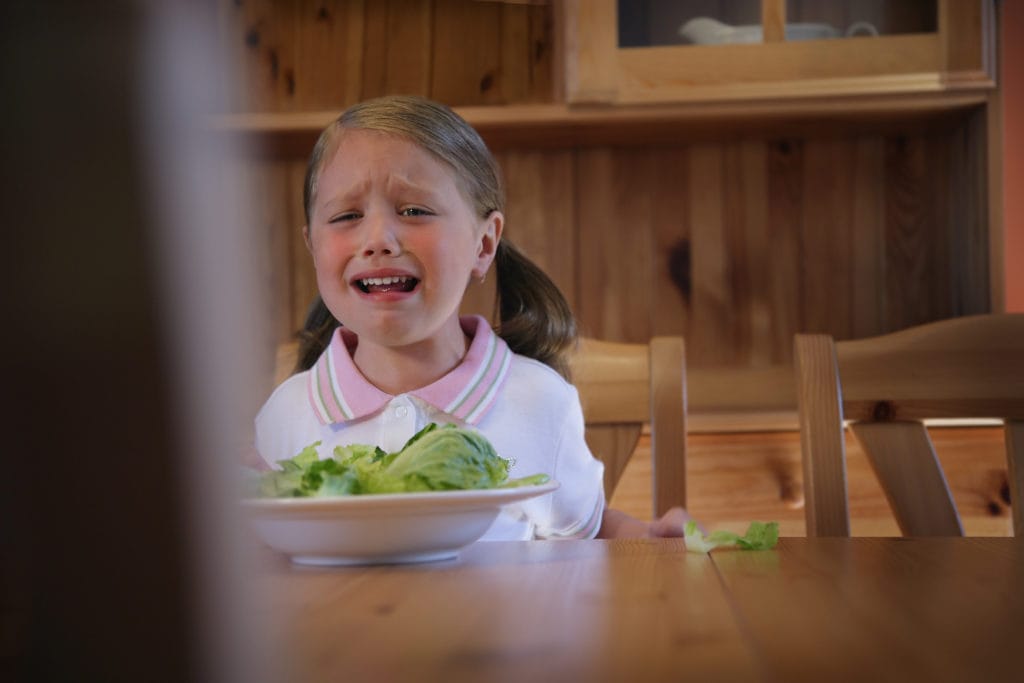One common theme I hear over and over again throughout my practice is this: “Does my child really need therapy? Or “How do I know when it is time for therapy?” And honestly, it is an excellent question!
With so much advice and information out there about how to feed your child, it is difficult to know what the right course of action is. And let’s face it – many children as well as adults are picky eaters.

Developmentally, around the age of 2, children become notoriously “picky,” and things they used to love get thrown on the floor. It’s universally frustrating to parents everywhere! This is a typical stage that almost all toddlers go through and most will outgrow. Some, however, for various reasons do not. And that is where professional help comes in and can make all the difference in the world. Smaller babies learning to eat and older, school-aged children may have their own difficulties with food, prompting parents everywhere to ask themselves when is it time to step in and seek professional help? In this article, we are going to dive into the seven signs that let you know it is time to get your child a feeding evaluation:
- Your child seems genuinely upset at mealtime. If your toddler is screaming, throwing food, or seeming as if they may be in actual pain, it is time to reach out. Anything beyond a “normal” crying fit over wanting mac and cheese instead of broccoli needs to be addressed. Sometimes, there are painful conditions associated with eating that we are unable to see, and our toddlers are unable to communicate these things to us verbally – their screaming and consistent tantrums around food are their way of telling us something is really wrong. We need to listen and react before the problem gets bigger.
- Your child is eliminating entire food categories. Sure, liking sweets over veggies is normal, but if your little one eliminates entire textures like “smooth” foods, you may be headed in a direction where you need some intervention.
- Your child is falling off of the growth chart, or your doctor has expressed concerns over his or her weight or development.
- You cannot go out to dinner as a family. Of course, having kids changes date night! But you should still be able to go out to kid-friendly dining establishments and eat out. If not, something deeper than “picky eating” is going on.
- Your child is drinking his meals. Yes, milk is good. But not too much! If liquids are a priority for your child and taking the place of meals, this is a red flag that intervention may be needed.
- You notice gagging or vomiting after meals. This needs to be addressed by your pediatrician and will need intervention.
- Anxiety and apprehension around new foods. This often occurs, but not always, with older children or adolescents. Stress and anxiety with eating can be helped with intervention and should be addressed with a professional who is specially trained to help with these types of food avoidance behaviors. Many times, these behaviors can be carried over into adulthood. Adults can also be treated for “picky eating” or anxiety with trying or eating new foods and can make significant progress with the right intervention.


